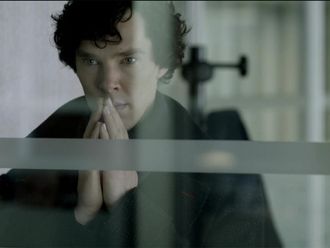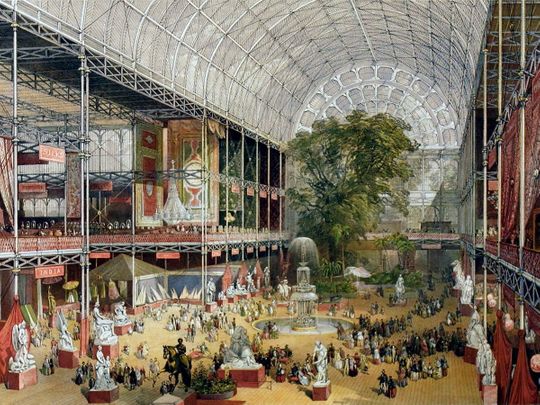
ALSO READ
- Expo 2020 Dubai: All you need to know – from tickets to how to get there
- It’s showtime: Catch the best in world entertainment at Expo 2020 Dubai
- 12 most Instagrammable spots at Expo 2020 Dubai
- In photos: 20 shows you simply cannot miss at Expo 2020 Dubai
- Why Expo 2020 Dubai is called The World's Greatest Show
It’s almost here! Expo 2020 Dubai, fondly called the world’s greatest show, begins on October 1, and is a culmination of centuries of innovation and exhibition, right from the very first World Expo that took place in London in 1851.
How well do you know the history of this mega-event? Play today’s Crossword, the first in our Expo 2020 series, and dive into its innovative history. Check out our special coverage of Expo 2020 Dubai.
Here, we take you on a historical and cultural tour of five specially constructed World Expo venues, from London’s Crystal Palace, leading up to the iconic hub of District 2020 in Dubai:
1. Crystal Palace, London
Queen Victoria’s husband, Prince Albert, chaired a royal commission that was responsible for planning the Great Exhibition of 1851. It was the first of its kind and had to be special, so they held a competition for the building’s design. Eventually, though, they rejected all the ideas that were submitted and instead, chose a design by Joseph Paxton, a greenhouse builder. His iconic glass-and-iron structure, which came to be known as the Crystal Palace (pictured above), has been regarded as one of the reasons for the success of the exhibition.
2. Eiffel Tower, Paris
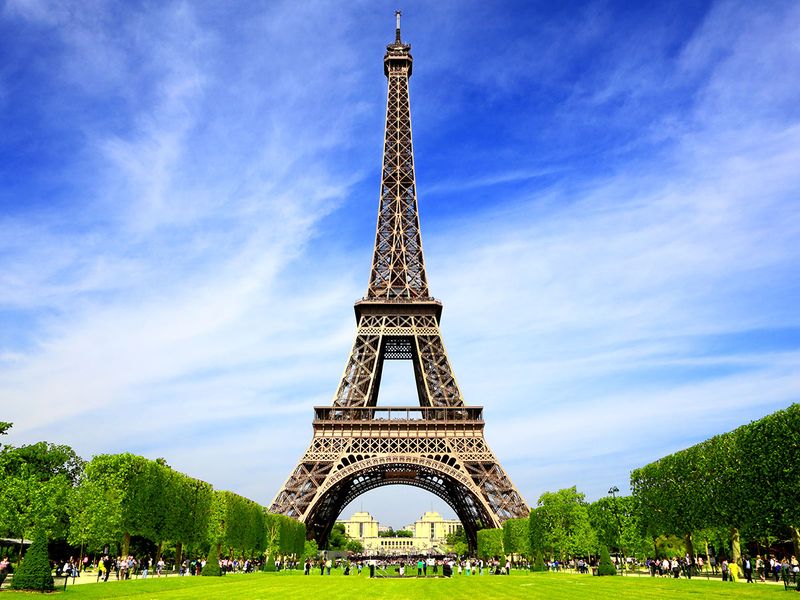
This renowned French landmark was a technological milestone in construction history. As part of the International Exposition of 1889, France accepted the design of Gustave Eiffel, a noted bridge engineer. The concept of his 300-metre-high tower, built almost completely out of open-latticed wrought iron, amazed the public and garnered a lot of initial opposition and scepticism. The Eiffel Tower was made in just two years, at little expense, with a small labour force, and was built as an entrance gateway to the Expo. Despite the initial doubts, when it was finally opened to the public, it saw instant success.
3. The Ferris Wheel, Chicago

When it was their turn to host the World’s Columbian Exposition in 1893, America’s answer to the Eiffel Tower was George Ferris Jr.’s Ferris Wheel. The 33-year-old engineer was one among a team of engineers tasked with coming up with ideas for Chicago’s version of the Eiffel Tower – something that would be the centrepoint of the entire Expo. Ferris was struck by a brainstorm while inspecting the steel used at the fair and quickly sketched a massive, revolving steel wheel. His initial concept didn’t gain much traction with the lead architect, who was doubtful whether the wheel would be safe for riders. So, Ferris spent his own money on safety studies, and hired more engineers and recruited investors. His gambit paid off when he was awarded the contract. The original Ferris Wheel carried 36 cars, each holding 60 people, and was massive – measuring 250 feet in diameter. More than 1.4 million people paid 50 cents (worth Dh55 today) for a 20-minute ride and a view they had never experienced before!
4. Atomium, Brussels
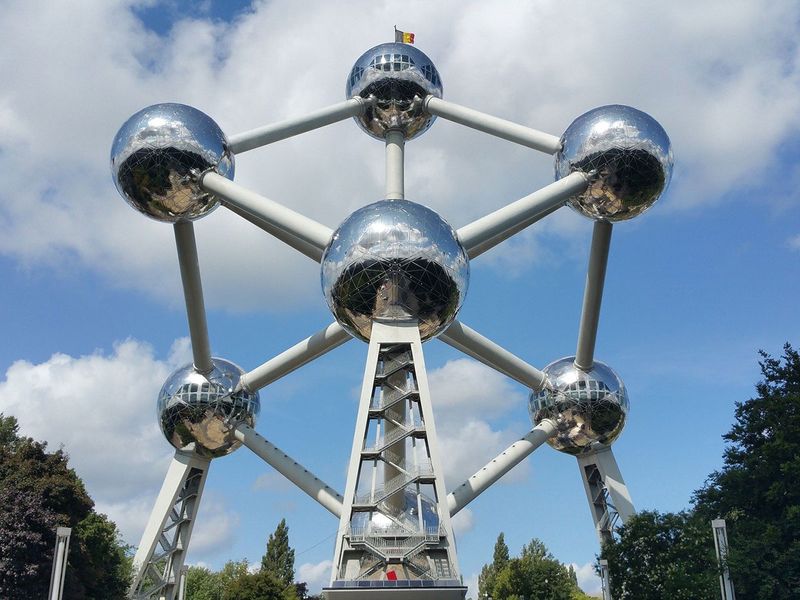
The World Fair in Brussels in 1958 was the first post-Second World War exhibition. Initially, the plan was to build an upside-down version of the Eiffel Tower. But by the 1950s, the world had entered the atomic age, so the unique design of an iron crystal was thought to be most fitting. Designed by the director of a federation of metallurgical companies, André Waterkeyn, the Atomium is a 335-feet-tall representation of an iron crystal that is magnified 165 billion times. The structure was symbolic of people’s faith in science and nuclear power.
5. Al Wasl Plaza, Dubai
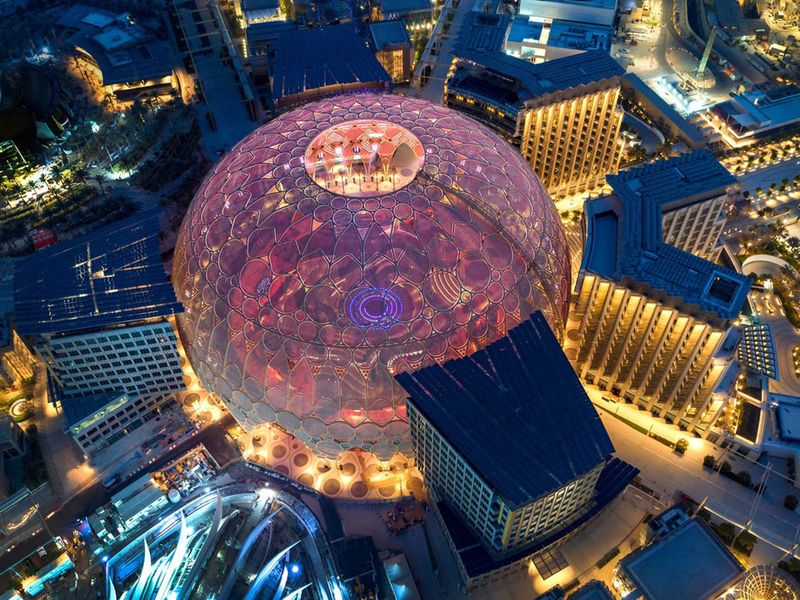
As the heart of Expo 2020, Al Wasl Plaza is something special. Almost as wide as two Airbus 380s standing wing to wing, the trellised dome of the Plaza is the world’s largest 360-degree laser projection surface. The Plaza connects the three Districts – Sustainability, Mobility and Opportunity – and is set to regale visitors with projection shows, fountains, gardens and parks, and restaurants. Since ‘Al Wasl’ means ‘connection’ in Arabic, it stands true to its purpose as the centre of Dubai’s exposition.
Play today’s Crossword and let us know if you enjoyed it at games@gulfnews.com.





